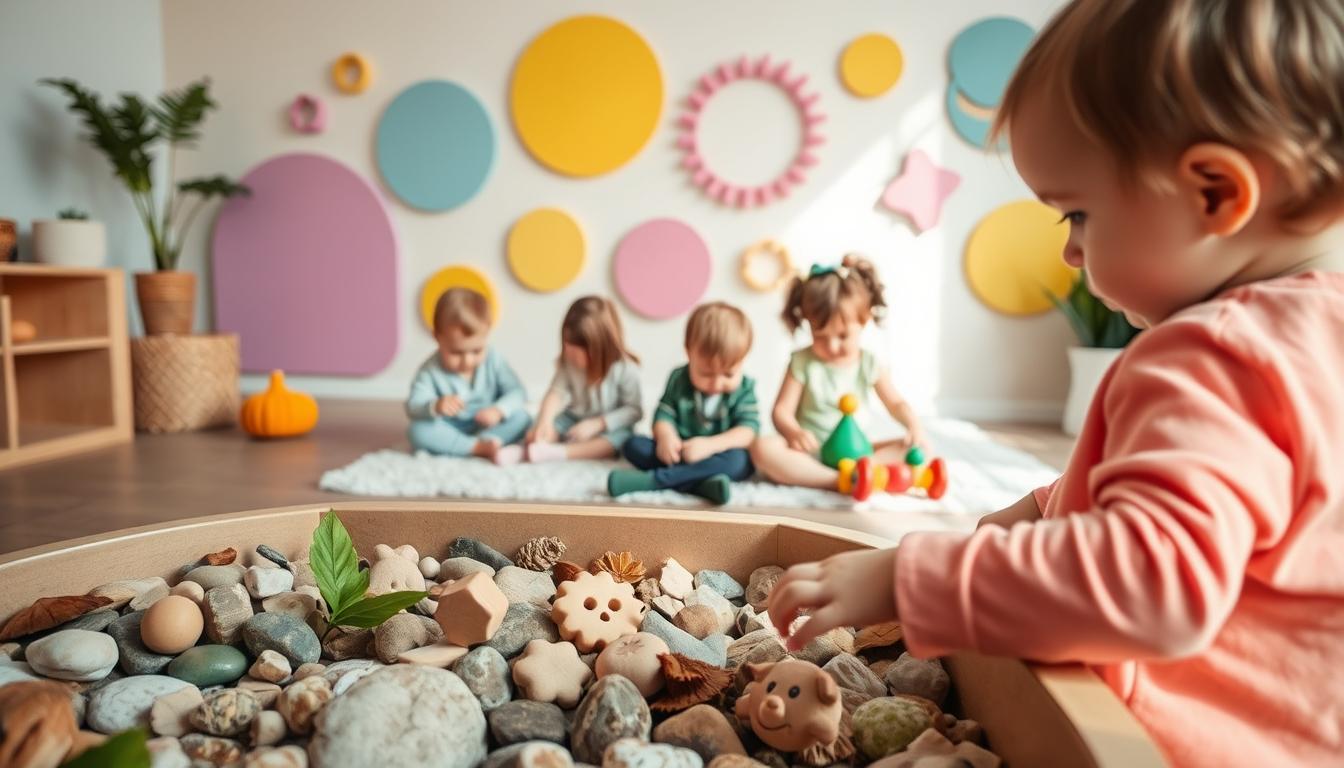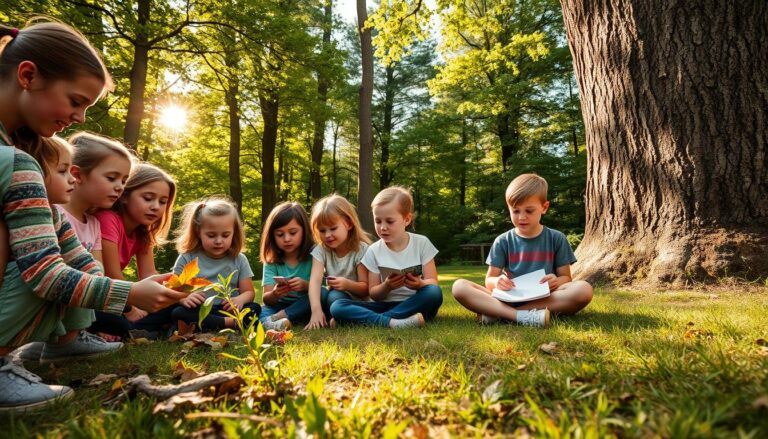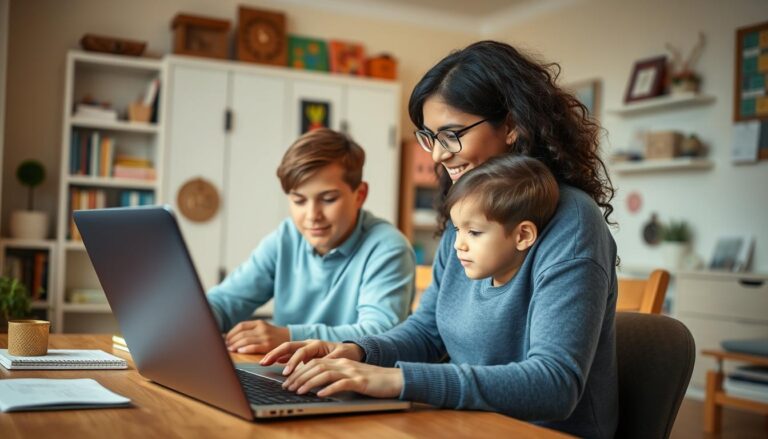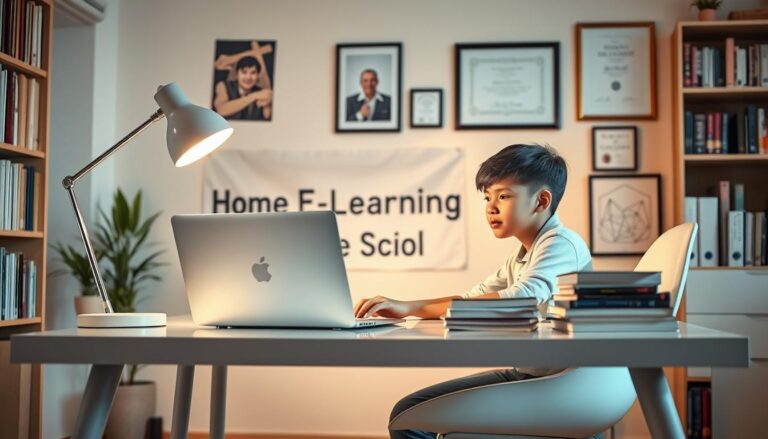Sensory Play Ideas That Boost Brain Development
Did you know that something as simple as playing with flour or water can shape your child’s future? Sensory play is more than just fun—it’s a powerful tool for brain development. By engaging all five senses, kids explore, learn, and grow in ways that traditional methods can’t match.
From tactile experiences to creative problem-solving, these activities help children understand textures, sounds, and colors. They also build motor skills and cognitive abilities. Experts like TinkerLab emphasize that sensory play is essential for early learning.
In this article, we’ll explore practical ideas you can try at home. Whether it’s a flour sensory tray or DIY activities, we’ll show you how to make learning fun and interactive. Let’s dive into the world of sensory play and unlock your child’s potential!
Introduction to Sensory Play
Exploring the world through play is more than just fun—it’s a foundation for growth. Sensory play involves activities that engage a child’s senses, helping them understand and interact with their environment. From touch to sound, these experiences are vital for early learning.
What is Sensory Play?
Sensory play is any activity that stimulates a child’s senses—sight, sound, touch, smell, and taste. It often involves everyday materials like water, food, or plastic toys. For example, playing with water can teach kids about volume and texture, while handling toys can improve motor skills.
These activities are simple yet powerful. They encourage curiosity and problem-solving. By engaging with different materials, children learn to explore and experiment, building a deeper understanding of the world around them.
Why It Matters for Brain Development
The first three years of life are critical for brain development. Sensory play helps build nerve connections, supporting cognitive and motor skills. Activities like water experiments or sorting toys can enhance focus and observational skills.
Every moment of playtime is a learning opportunity. Whether it’s a kitchen-based experiment or a fun water activity, these experiences contribute to holistic development. For more insights, check out this guide on sensory play.
| Material | Benefit |
|---|---|
| Water | Teaches volume, texture, and cause-effect relationships |
| Plastic Toys | Improves motor skills and hand-eye coordination |
| Food Items | Encourages exploration of taste and texture |
By incorporating these ideas into daily routines, parents can create meaningful learning experiences. For more tips on early childhood education, visit Home E-Learning.
Essential Benefits of Sensory Play for Toddlers
Simple materials like rice and ice can become powerful tools for learning. By engaging with everyday items, children develop critical skills that prepare them for future challenges. Let’s explore how these experiences shape their growth.
Cognitive and Motor Skill Development
Hands-on exploration with materials like rice in a container helps children understand cause and effect. Pouring, scooping, and sorting improve fine motor skills. These actions also build problem-solving abilities.
Playing with ice introduces kids to different temperatures and textures. This encourages curiosity and experimentation. Activities like paper crafts or kitchen-based experiments further enhance cognitive growth.
Social and Emotional Growth
Engaging in group play with sensory materials fosters teamwork and communication. Sharing a container of rice or collaborating on a paper project teaches empathy and cooperation.
These experiences also help children regulate their emotions. For example, playing with ice can calm a restless child. Structured yet playful activities create a safe space for emotional expression.
- Using rice in a container promotes focus and creativity.
- Ice play experiments teach temperature awareness.
- Paper crafts encourage artistic expression and fine motor skills.
- Kitchen-based activities make learning practical and fun.
Top Sensory Activities for Toddlers
Discover how ordinary household items can spark creativity and curiosity in young minds. From messy indoor experiments to outdoor adventures, these ideas are designed to engage and educate. Let’s explore some of the best ways to make learning fun and interactive.
Messy and Creative Play at Home
Messy play is a fantastic way to encourage exploration. Use simple items like flour, water, or homemade finger paints to create a sensory-rich environment. These activities not only entertain but also help develop fine motor skills and creativity.
For example, a flour sensory tray can teach kids about textures and cause-effect relationships. Adding a spoon or small containers allows them to practice pouring and scooping. These activities are easy to set up and use items you already have at home.
Outdoor Sensory Exploration
Nature provides endless opportunities for sensory play. Activities like playing with water, sand, or mud kitchens engage multiple senses. These experiences are not only fun but also help children understand the world around them.
An outdoor listening activity, for instance, encourages kids to focus on sounds in their environment. This enhances auditory skills and promotes mindfulness. Combining natural elements with playtime creates a balanced and enriching experience.
DIY Sensory Bins and More
Creating DIY sensory bins is a simple yet effective way to encourage exploration. Use items like rice, beans, or pasta as a base. Add small toys, spoons, or measuring cups to enhance the activity.
For example, a themed sensory bin with cotton balls and gemstones can represent clouds and rain. This not only engages the senses but also introduces basic science concepts. DIY bins are customizable and can be tailored to your child’s interests.
| Activity | Materials Needed | Benefits |
|---|---|---|
| Flour Sensory Tray | Flour, spoon, small containers | Teaches textures and motor skills |
| Outdoor Listening | None | Enhances auditory focus |
| DIY Sensory Bin | Rice, beans, small toys | Encourages exploration and creativity |
By incorporating these ideas into your routine, you can create meaningful learning experiences for your young child. Using everyday items makes these activities accessible and enjoyable for everyone.
Sensory Activities Toddlers: Creative Ideas for Learning
The kitchen and outdoors are treasure troves for creative learning experiences. By using everyday materials, we can create engaging environments that foster curiosity and skill development. These settings provide endless opportunities for hands-on exploration, making learning both fun and effective.
Kitchen-Based Sensory Experiments
Transform your kitchen into a learning lab with simple experiments. For example, mix food coloring into dough to teach about color blending. This activity not only engages the senses but also enhances fine motor skills as children knead and shape the dough.
Another idea is using edible finger paint made from yogurt and natural dyes. This safe and creative activity allows preschoolers to explore textures and colors while developing hand-eye coordination. These experiments are easy to set up and use items you already have at home.
Engaging Natural Sensory Experiences
Outdoor play offers unique sensory opportunities. Activities like sand play help children understand textures and improve tactile perception. A simple bag filled with sand or natural elements like leaves and stones can become a portable sensory tool for exploration.
Encourage preschoolers to use their hands to dig, build, and sort. These activities not only develop fine motor skills but also promote problem-solving and creativity. Natural settings provide a rich environment for learning and discovery.
| Activity | Materials Needed | Benefits |
|---|---|---|
| Colorful Dough | Flour, water, food coloring | Teaches color blending and fine motor skills |
| Edible Finger Paint | Yogurt, natural dyes | Encourages creativity and hand-eye coordination |
| Sand Play | Sand, small toys | Improves tactile perception and problem-solving |
By incorporating these ideas, we can create meaningful learning experiences for young children. For more tips on early education, visit Home E-Learning.
Innovative DIY Sensory Play Projects
Transform everyday items into engaging learning tools with these DIY projects. From homemade finger paint to recycled treasures, we’ll show you how to create meaningful play experiences at home. These ideas are not only budget-friendly but also stimulate creativity and problem-solving skills.
Homemade Finger Paint and Play Dough
Making your own finger paint and play dough is simple and fun. Use kitchen ingredients like flour, water, and food coloring to create vibrant materials. These homemade projects teach color mixing and texture exploration.
For example, mix yogurt with natural dyes to make edible finger paint. This safe activity allows your little one to explore colors and shapes. Similarly, homemade play dough can be shaped into balls or other forms, enhancing fine motor skills.
Recycled Sensory Treasures
Repurpose everyday items to create unique sensory treasures. Use old cups, sheet paper, and small toys to design interactive play activities. For instance, fill a cup with rice and hide small objects inside for a discovery game.
Recycled materials like cardboard tubes or plastic containers can be turned into sorting games. These activities keep children engaged throughout the day while promoting creative thinking.
By incorporating these DIY projects, you can turn any day into an opportunity for exploration. These hands-on ideas are practical, safe, and perfect for home environments.
Tips for a Safe and Mess-Free Sensory Environment
Creating a safe space for exploration is key to unlocking your child’s potential. With the right precautions, you can ensure that playtime is both enriching and secure. Here’s how to balance creativity with safety.
Safety Guidelines and Supervision Tips
Adult supervision is essential during playtime. Always keep an eye on your child, especially when using small toys or materials that could pose a hazard. Choose age-appropriate items, like non-toxic toys and secure containers, to minimize risks.
Designate a specific area for play, such as a table or tub, to contain messes. This setup allows kids to explore freely while keeping cleanup manageable. For example, a shallow tub filled with rice or beans can become a treasure trove of discovery without spreading everywhere.
Here are some practical tips to ensure a safe and enjoyable experience:
- Use non-toxic materials for all activities, especially for babies and young children.
- Secure loose items like small toys or beads to prevent choking hazards.
- Set up a designated play area on a table or tub to contain messes effectively.
- Double-check materials for safety, ensuring they are free from sharp edges or harmful chemicals.
- Supervise closely during water play or activities involving small objects.
By following these guidelines, you can create a secure environment that encourages exploration. Whether it’s a DIY treasure hunt or a letter recognition game, safety ensures that playtime remains both fun and beneficial.
Conclusion
Every moment of play can shape a child’s understanding of the world. Our exploration of sensory-rich experiences highlights their role in boosting brain development through everyday interactions. From DIY projects using dye to kitchen experiments, these ideas foster creativity and learning.
We’ve seen how simple setups, like sensory bins or outdoor adventures, provide countless benefits. They enhance motor skills, problem-solving, and emotional growth. Each activity, whether it involves dye or natural elements, contributes to a richer, more engaging environment.
Safety and creativity go hand in hand. By following our tips, parents can ensure a balanced approach to playtime. Incorporating these ideas into daily routines helps children explore and understand their world better.
We encourage you to embrace these strategies and discover new ways to support your child’s learning journey. With small adjustments, every moment can become a stepping stone to growth and discovery.







